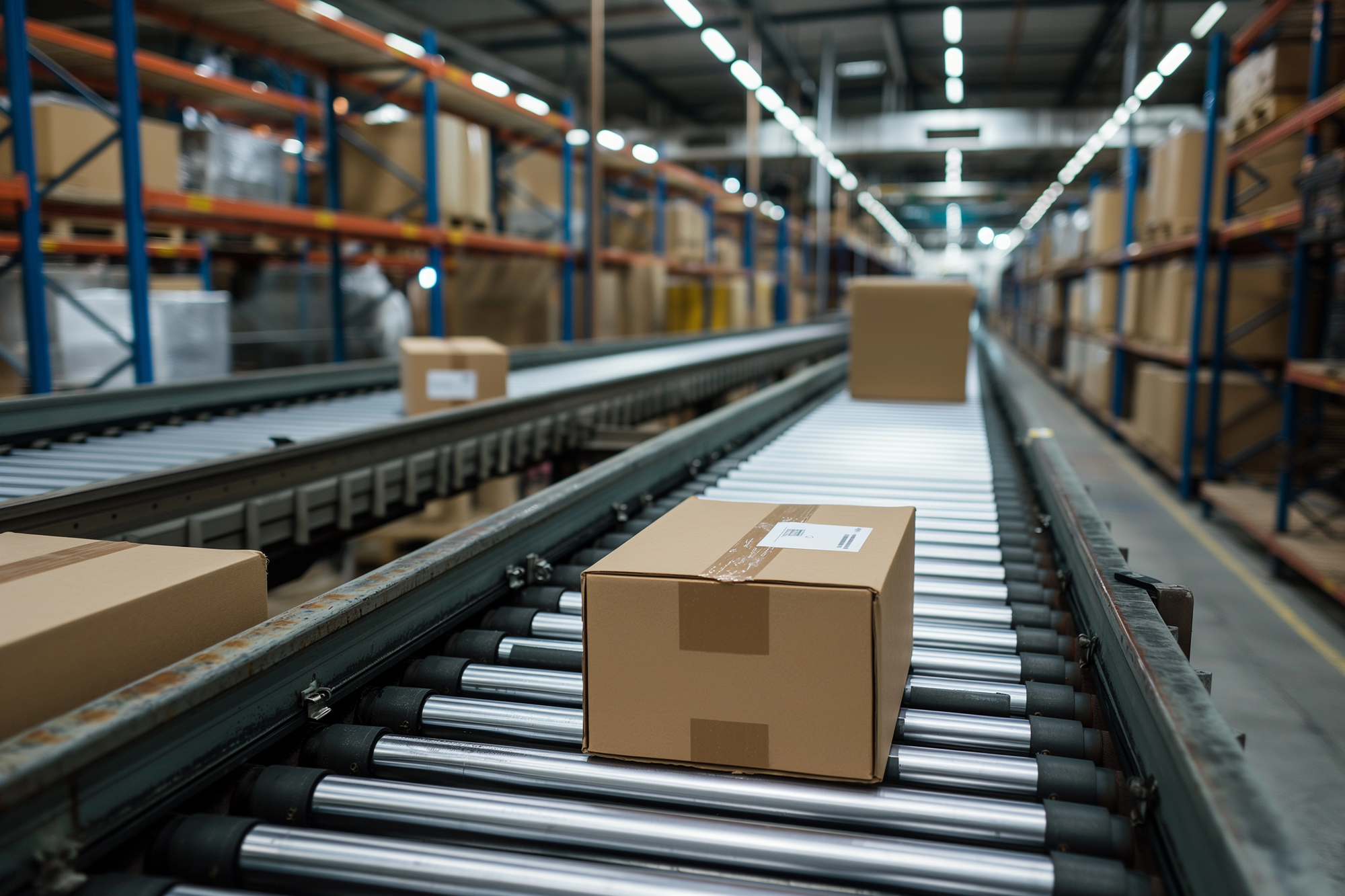
A Guide on Understanding Assembly in Warehousing Services

Nowadays, warehouses are doing far more than simply storing products. Many are evolving into full-service fulfillment centers that offer value-added services to help businesses streamline their supply chains.
One of the most essential of these services is assembly. Understanding what assembly in warehousing means—and how it benefits your business—can help you simplify operations, reduce costs, and deliver a better customer experience.
What Is Assembly in Warehousing?
Assembly in warehousing refers to the process of combining individual components or items into a finished or semi-finished product before shipment. This can range from light product assembly, like bundling multiple items together for retail packaging, to more complex builds involving multiple parts or materials.
These services are often offered alongside kitting, labeling, and packaging, allowing businesses to handle production-related tasks directly in the warehouse instead of at a separate facility. The result is a faster, more efficient workflow that keeps products moving seamlessly through the supply chain.
The Benefits of Warehouse Assembly Services
By adding assembly capabilities to their operations, warehouses give businesses flexibility and speed without the overhead of maintaining separate production or packaging facilities. Some of the top advantages include:
Reduced Handling and Transit Time: Instead of shipping parts between multiple locations for assembly and packaging, everything happens under one roof. This minimizes handling, reduces transit costs, and speeds up order fulfillment.
Lower Operational Costs: When assembly is handled within a warehouse, businesses save on labor, transportation, and storage. It also reduces waste by allowing teams to manage packaging materials and inventory more efficiently.
Improved Quality Control: Warehouse assembly teams follow consistent processes that ensure products meet quality standards before shipping. Centralized operations make it easier to inspect and verify assembled goods before they leave the dock.
Enhanced Scalability: Warehouse assembly allows companies to scale production and fulfillment based on demand. During busy seasons, extra capacity can be added without major infrastructure changes.
Custom Packaging and Branding Opportunities: Many warehouses offering assembly services can also handle labeling and co-packaging. This makes it easy to customize products for specific retailers or promotional campaigns.
Assembly vs. Kitting: What’s the Difference?
While assembly and kitting are often used together, they serve slightly different purposes. Kitting involves grouping multiple separate items into one ready-to-ship package—like creating a gift set or starter kit. Assembly, on the other hand, may involve putting pieces together to create a finished product.
For example, in a warehouse setting, kitting might include packaging a skincare set with multiple products, while assembly might mean putting together the dispenser or applying the labels before packaging. Both processes enhance efficiency and reduce turnaround time for customers.
Why Businesses Are Turning to Value-Added Warehousing
Assembly services are part of a larger shift toward value-added logistics. By offering integrated assembly, kitting, and co-packaging under one roof, warehouses help brands manage inventory more effectively and respond faster to customer needs. This approach transforms the warehouse from a storage facility into a strategic partner that supports every stage of production and fulfillment.
